I want to build a Javascript/HTML5 geolocation based social network and I wonder the best choice of possible architectures. Client-server can be simple to develop but drawback is the system ressources that could be very high, especially because the application must manage moves (worst case: a user that is in a car must see others users that are around him in cars).
Basicaly, in a client-server architecture, server tasks will be :
- collects and stores latitude and longitude of the users (could have thousands of them)
- makes geo distance search for that user (to get the list of users present around him in a radius)
- builds and sends to the client an XML file with position of the users in the list
These 3 operation must be done periodically, every 3 or 5 seconds because I want a "live" map that shows users in the list moving in their environnement (city, town).
All these 3 points could be optimized :
- client send his position when moving of 10 meters to reduce amount of data to process
- "spherical rectangle" search in MyISAM table with spatial index (use of MBRContains) to off load MySQL database.
- common output file : the XML that is sent can be the same if 2 users are located in a radius of x meters (the 2 users are close each-other).
It is hard to make load estimation at this stage but I think client-server architecture is not appropriate for that type of application and peer2peer could be a nice answer if 2 clients could communicate when they are near each other.
My point is:
Is there any methode to make possible a client to blind search other clients that are located in a certain radius without the help of a central server ? (it is possible with UDP broadcast :-)
edit : Correction. UDP Brodcast allow a client to poll a machine wherever it is, in certain range or IP address.
Thank you for your help, Florent
